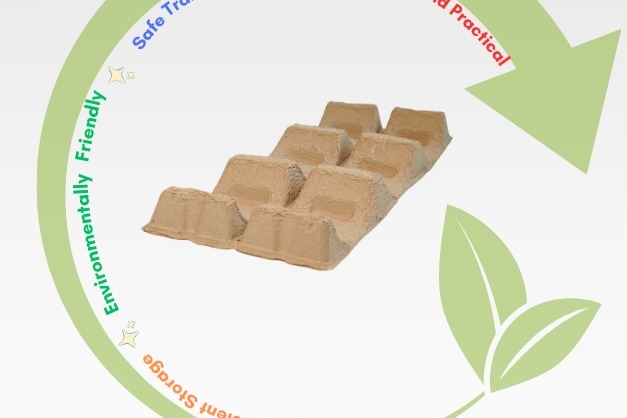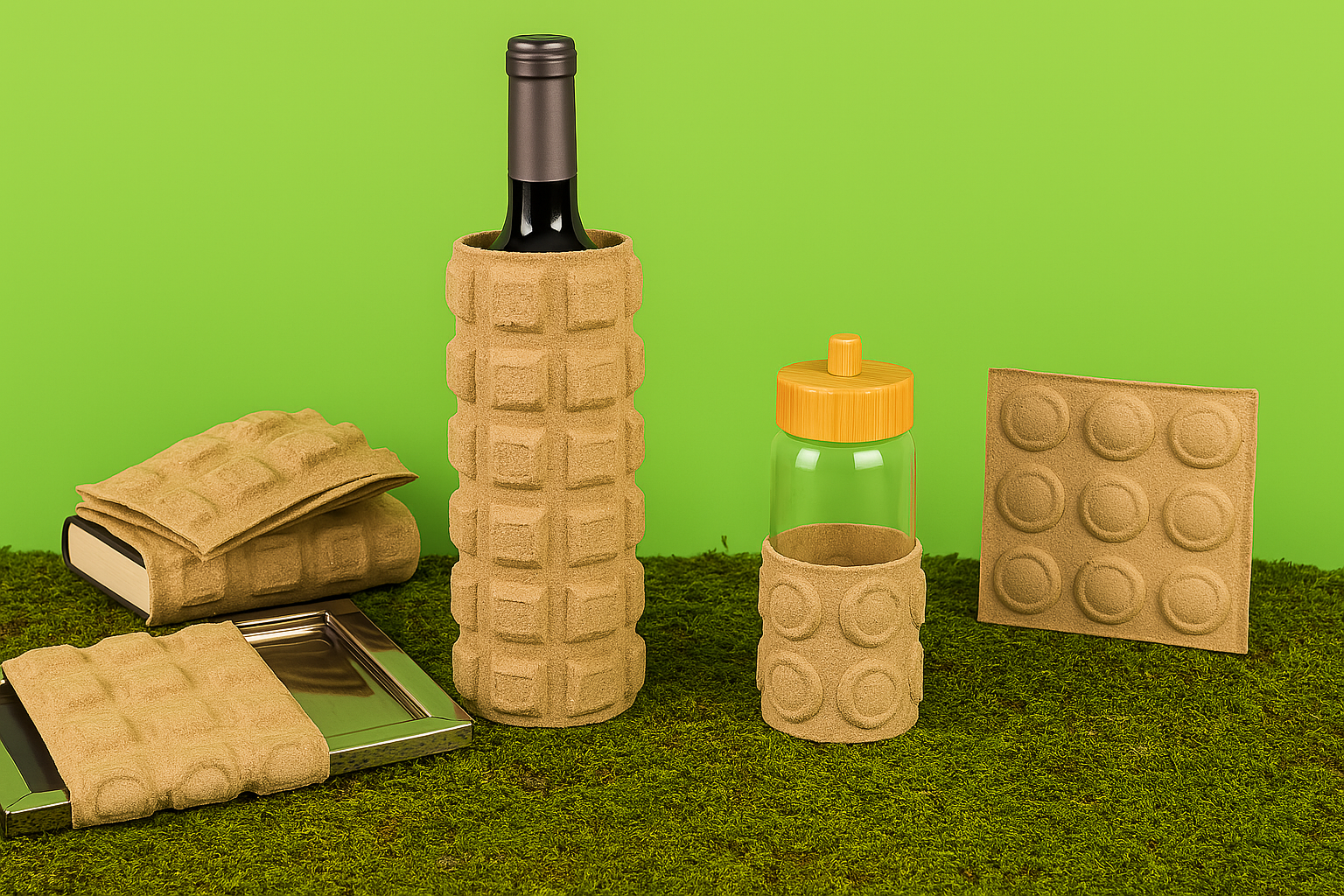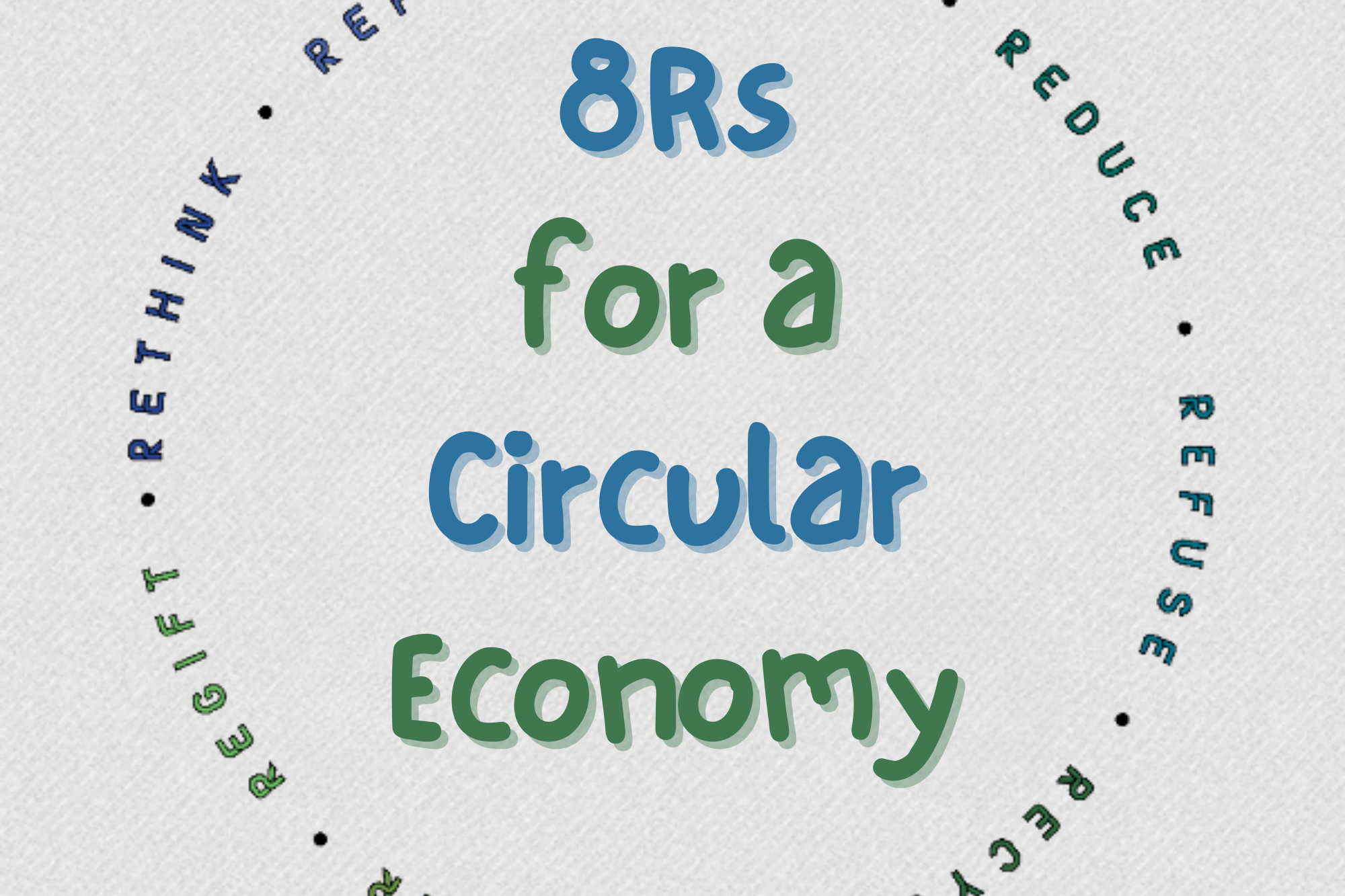Introduction: Setting the Stage for Change of Packaging Industry
In the ever-evolving landscape of environmental sustainability, one concept has gained significant traction in recent years: the Carbon Border Adjustment Mechanism (CBAM). This mechanism, proposed by the European Union (EU), aims to level the playing field for industries by ensuring that imported goods are subject to the same carbon emission standards as those produced within the EU. While its intended goal is to curb carbon leakage and promote global climate goals, its effects ripple across various sectors, including the packaging industry.
The Impact of CBAM on Carbon Emissions: Pressures and Incentives
Packaging plays a crucial role in our daily lives, from preserving the freshness of our food to safeguarding products during transit. However, it’s no secret that the packaging industry has faced scrutiny for its environmental impact, particularly concerning single-use plastics and excessive carbon emissions. With the introduction of CBAM, this industry faces both challenges and opportunities on the path towards sustainability.
Innovation in Packaging Industry: The Rise of Molded Pulp Packaging
One of the immediate effects of CBAM on the packaging industry is the increased pressure to reduce carbon emissions. Companies operating within the EU already adhere to stringent environmental regulations, but CBAM extends these standards to imported goods as well. As a result, packaging manufacturers, both domestic and international, are compelled to adopt greener practices to remain competitive in the EU market.
Driving Efficiency: Innovations in Molded Pulp Packaging Manufacturing
This pressure for sustainability has spurred innovation within the packaging industry, with a notable example being molded pulp packaging. Molded pulp packaging offers a sustainable alternative to traditional plastic packaging by utilizing recycled paper fibers to create protective and biodegradable packaging solutions. With CBAM incentivizing the adoption of eco-friendly materials, molded pulp packaging is gaining traction as a viable option for companies seeking to reduce their carbon footprint.
Challenges Ahead: Navigating Carbon Tariffs and Cost Implications
Moreover, CBAM encourages innovation not only in materials but also in manufacturing processes. Molded pulp packaging exemplifies this trend, as manufacturers explore innovative techniques to produce packaging solutions with minimal environmental impact. By optimizing production processes and reducing energy consumption, companies can meet CBAM’s stringent emission standards while maintaining efficiency and cost-effectiveness. However, while CBAM encourages sustainability efforts, it also presents challenges, particularly for industries reliant on carbon-intensive manufacturing processes. The packaging industry, which often relies on fossil fuels for production, may face increased costs due to carbon tariffs on imported raw materials. This could potentially lead to higher prices for consumers or necessitate a shift towards more sustainable sourcing and manufacturing practices.
Conclusion: Navigating the Path to a Sustainable Future
In conclusion, the Carbon Border Adjustment Mechanism poses both challenges and opportunities for the packaging industry. While it compels companies to adopt greener practices and fosters innovation in sustainable packaging solutions like molded pulp packaging, it also necessitates adaptation to new regulations and potential disruptions in global trade. As stakeholders in the packaging industry navigate these changes, collaboration, innovation, and a commitment to environmental stewardship will be key to shaping a more sustainable future for packaging and the planet.



